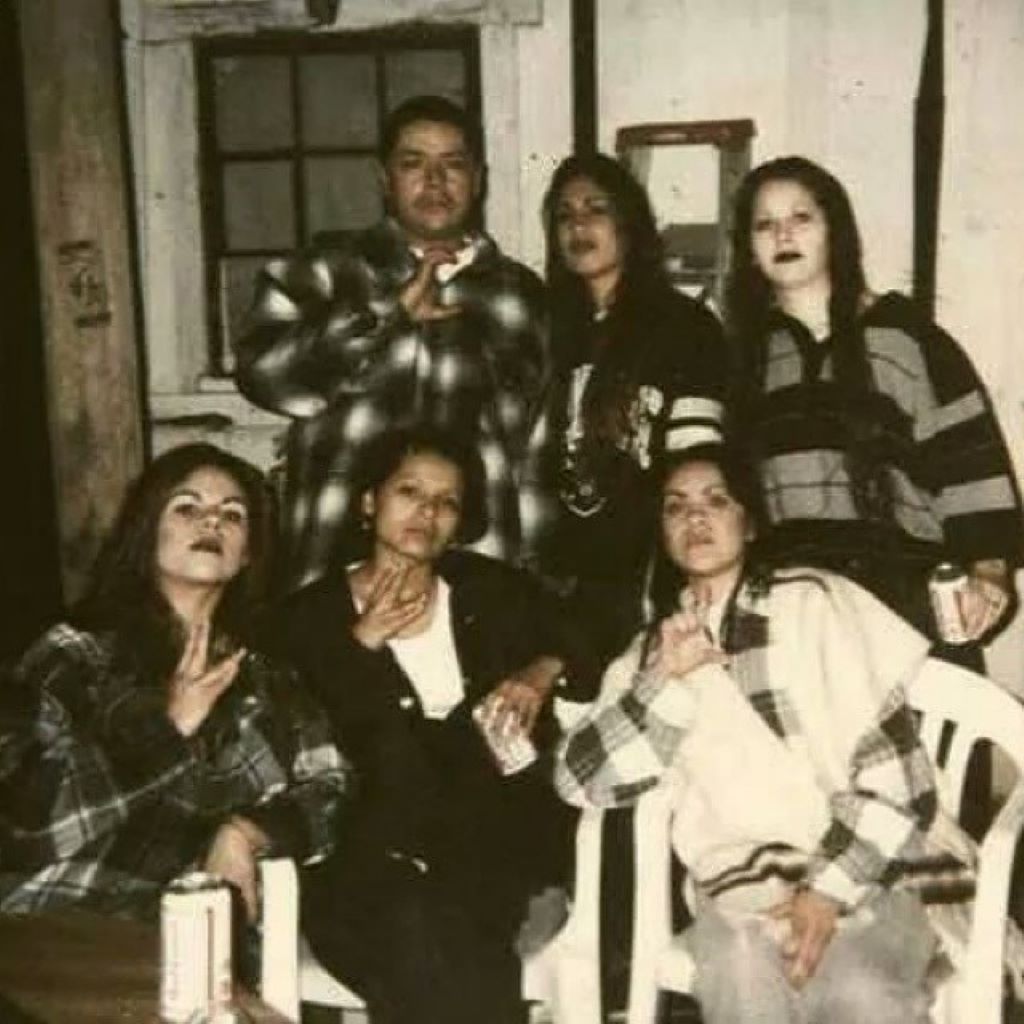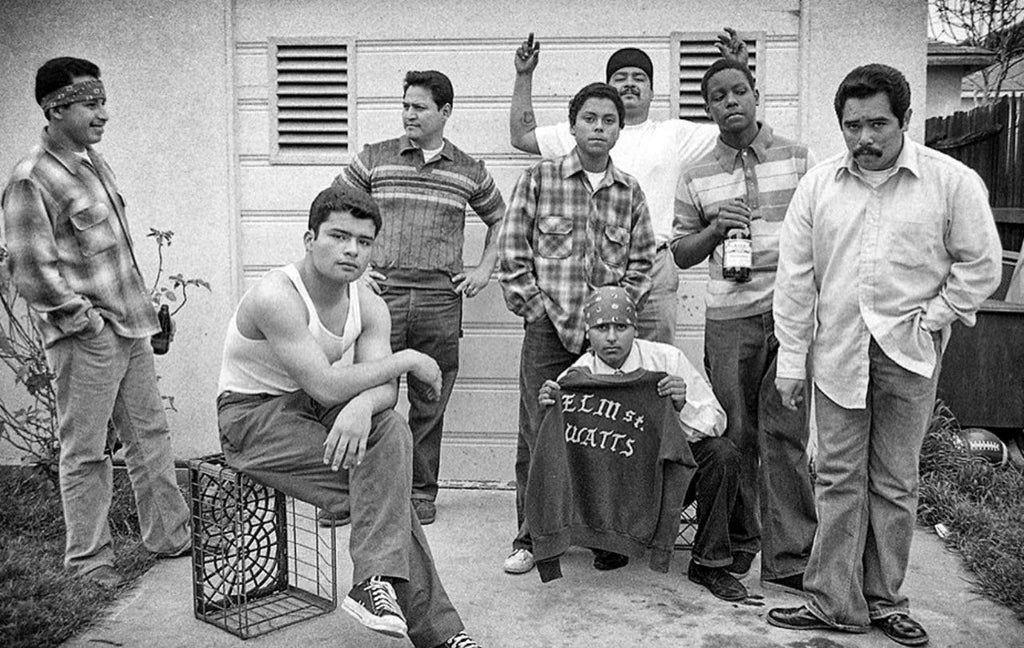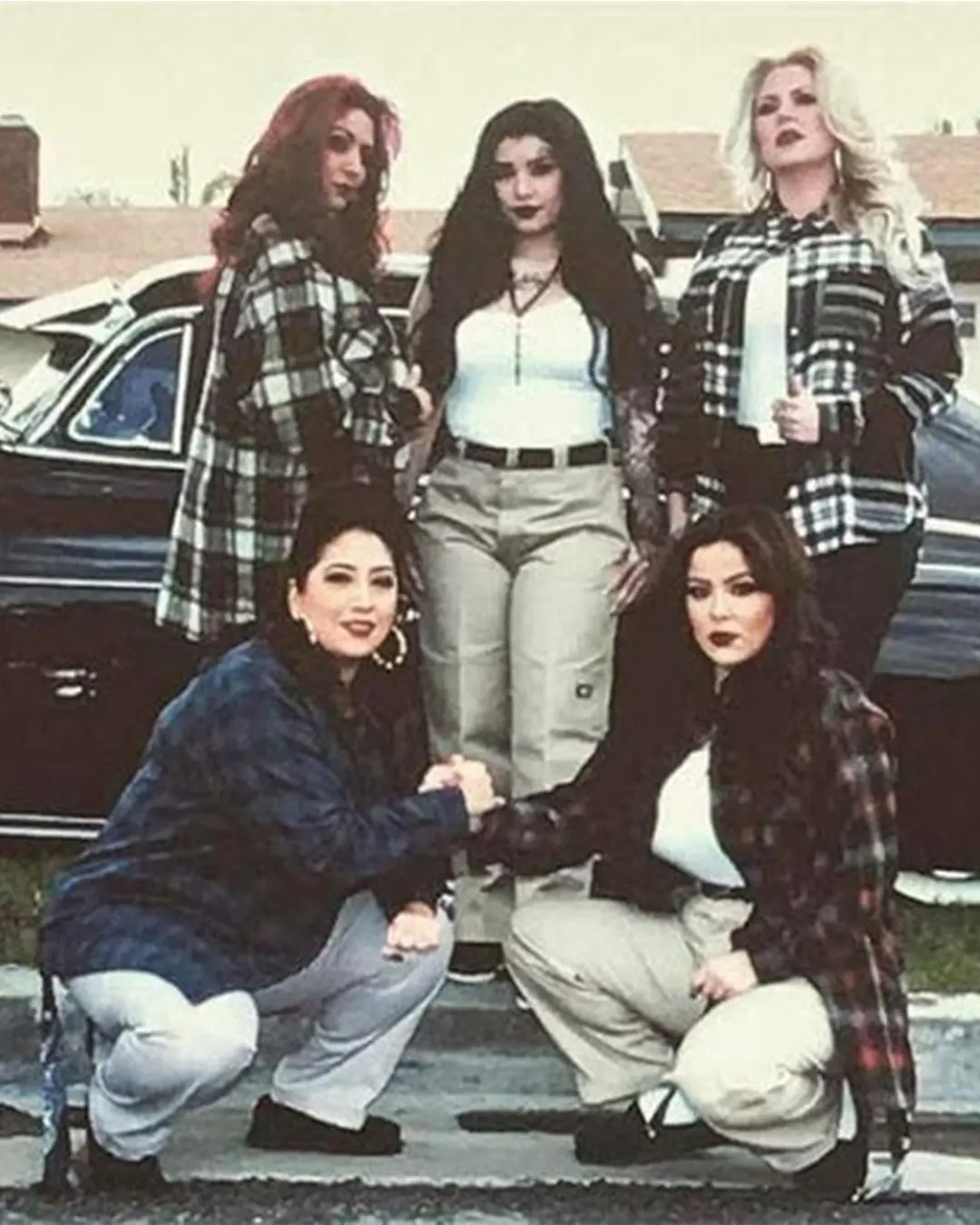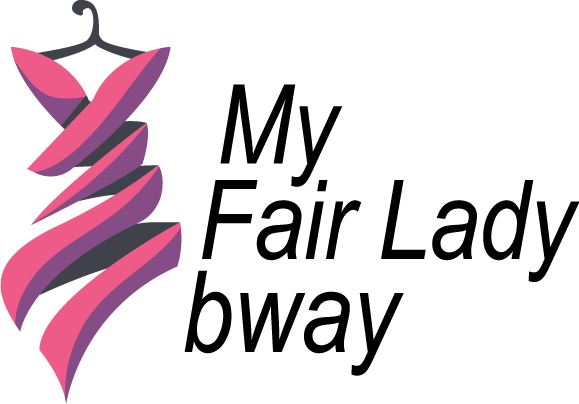
20 Jan How Did Cholos Dress in the 80’s?
The cholo style, which emerged in the 1980s, is a unique fashion trend that originated in Latino communities, particularly among Mexican-American youth residing in Los Angeles. This distinct look is a fusion of various elements from Mexican ranchero, pachuco, and gang cultures. The cholo style is not just a fashion statement, but a powerful expression of Latino pride and resistance against discrimination. It is a bold aesthetic that has gained popularity beyond the Latino community and has become an important part of modern fashion.
The Origins of Cholo Style

The roots of cholo style can be traced back to the pachuco culture of the 1940s. Pachucos were Mexican-American youth who sported zoot suits, ducktail haircuts, and spoke Caló slang. When World War II led to a zoot suit ban, pachucos continued wearing baggy dress pants and suspenders, translating the zoot suit look into their own style.
By the 1960s and 70s, a new generation of Mexican-American youths in Los Angeles arrived at their own take on pachuco fashion. They paired pegged pants with plaid flannel shirts, white tank tops, and beanies. This working class street style would come to be known as cholo attire style, based on the Mexican slang term “cholo” referring to someone of Indigenous or mixed heritage.
The Cholo Look Takes Shape
In the early 1980s, cholos adopted a distinctive style of dress that differentiated them from other youth subcultures in East L.A. like lowriders. The emerging cholo look blended machismo with a streetwise sensibility.
Key elements of the cholo wardrobe in the 80s included:
Baggy Pants
Cholos wore khaki dickies pants or jeans in a baggy style, belted low on the hips and tapered at the ankle. This silhouette contrasted sharply with the skinny drainpipe jeans worn by punks and new wavers. Pegging or cuffing the pant legs was optional.
Plaid Flannel Shirts
Plaid flannel shirts in black, brown, and pale blue shades buttoned only at the top became a staple. An undershirt or tank top would be worn underneath. Flannels were worn long and loose, rarely tucked in.
White Tank Tops
Plain white tank tops were another cholo wardrobe essential. Ribbed cotton tanks were worn alone or as undershirts to showcase Latino street style. Wifebeater tanks were sometimes worn by cholas, the female cholo.
Pendleton Jackets
Pendleton wool jackets, originally worn by Mexican cowboys, entered the cholo uniform. Burgundy and black were popular colors for the plaid designs. Pendleton jackets projected a tough, masculine look.
Beanies
Plain dark beanies were ubiquitous in the cholo scene. Wool or acrylic skullcaps in black or navy gave cholos an overall rugged look.
Bandanas
Folded bandanas worn on the head also became common, representing gang affiliations through color. Red and blue bandanas were often seen.
Stacy Adams Shoes
Stacy Adams leather dress shoes were adopted by cholos seeking a vintage zoot suit vibe. The slip-on shoes with decorative perforations projected a refined flair, often paired with white socks.
Long T-shirts
Oversized white t-shirts were another way cholos styled the baggy aesthetic. Long tees provided ample room for cholas to wear layers underneath as well.
Tattoos
Extensive tattooing became integral to the cholo look. Complex black and grey tattoos of cultural symbols like the Virgin Mary signaled commitment to the lifestyle.
Cholas Express Style
Cholas, the female cholos, also created their own distinctive 1980s style within the cholo subculture. They paired many of the same garments as cholos – like plaid flannels and khakis – with unique feminine touches.
Exaggerated Makeup
Dark lip liner and arched brows gave cholas a bold makeup look. Eyeliner flicks and bright blue or green eye shadow completed the dramatic style.
Hoop Earrings
Large gold hoop earrings were an essential chola accessory. Multiple hoops in each ear created an eye-catching sparkle.
High-Waisted Pants
While cholos wore baggy, low-rise pants, cholas preferred a high-waisted silhouette. Pleated khakis or jeans were cinched at the waist.
Blouses & Jeans
cholas often topped high-waisted jeans or pants with a silky blouse. Granero shirts with embroidered patterns were a popular choice.
Bobby Pins
Bobby pin hair accessories allowed cholas to express their style. Pins formed decorations like letters or shapes in upswept hairdos.
Penciled Eyebrows
Thin, highly arched penciled eyebrows formed another part of the chola beauty aesthetic. Dark brows contrasted with lighter makeup for a DOA look.
Gold Jewelry
Chunky gold jewelry added shine to chola outfits. Multiple bracelets, rings and necklaces took the look up a notch.
Cultural Pride
More than just youth fashion, cholo style in the 1980s came to represent cultural pride for Mexican-Americans. The working class cholo look celebrated their roots and expressed a distinct identity at a time of inequality.
Certain aspects of cholo fashion were directly inspired by traditional Mexican and Native cultures. Aztec imagery was incorporated into tattoos, belt buckles, and embroidered shirts.
Flannels, khakis, and Pendleton jackets reflected the ranchero cowboy look associated with Mexico’s rural roots. Accessories like bandanas and beanies also borrowed from Southwestern and Native American tradition.
Yet cholo style went beyond ethnic influences. The oversized cuts, creative layering, and flipped up collars brought their own aesthetic vision. Cholos and cholas took disparate elements and fused them into a cohesive new style representing defiance against discrimination.
Evolution in the 1990s

By the 1990s, cholo style had gone mainstream. The look spread beyond Latino communities as hip hop culture adopted elements like baggy pants, bandanas, and plaid shirts.
Cholo fashion also transformed, shifting away from flannels and khakis towards a darker, harder aesthetic. Black denim, plain white tees, and shaved heads came into vogue. Jet black hair and sharper eyebrow arches defined chola beauty.
As the 1990s progressed, cholos and cholas faced criticism that the style promoted harmful stereotypes. But cholo fashion had already left a permanent imprint on American streetwear. Today the cholo look continues to evolve both within and outside of Latino communities. The style remains an expression of fierce cultural pride.
FAQs
What pants did cholos wear in the 80’s?
Cholos wore loose, baggy pants in the 1980s, either khaki dickies work pants or jeans. Pants were worn low on the hips and often tapered or cuffed at the ankle. The exaggerated baggy silhouette contrasted with the tight drainpipe pants popular in punk style.
What shirt was most iconic for the cholo style?
The plaid flannel shirt buttoned only at the top few buttons was ubiquitous in cholo fashion. Loose-fitting flannels in black, brown, and blue shades worn over a white tank perfectly captured the cholo aesthetic.
Did cholos tuck in their shirts in the 80’s?
No, cholos rarely tucked in their flannels or undershirts. Letting shirts hang long and loose over baggy pants was an integral part of the oversized cholo style. Tucking in shirts would disrupt the long vertical line they sought to create.
What shoes did female cholas wear in the 80’s?
cholas embraced high heels and pumps to express feminine cholo style. Pointed toes and stiletto heels dressed up their baggy pants or jeans. Common colors were black, silver, white, and red. Heels often featured extra embellishments like buckles or studs.
How did cholos wear their hair in the 80’s?
For cholos in the 1980s, the classic hairstyle was slicked back hair worn with a beanie or bandana. Mustaches were also popular. Cholas went big with hair, often teasing it up high and decorating it with bobby pins.
Conclusion
Cholo style in the 1980s provided Mexican-American youth in Los Angeles with a bold way to celebrate their cultural identity through fashion. Drag queen fashion’s bold influence on modern street style echoes the expressive spirit seen in male cholos who rocked baggy khakis and jeans belted low, iconic plaid flannels, and beanies. Similarly, cholas embraced femininity with exaggerated makeup, jewelry, and heels, showcasing a convergence of diverse and empowering styles.
Oversized silhouettes, cowboy influences, and Aztec-inspired detailing came together to form the cholo look. This aesthetic communicated pride in their working class Latino roots and defiance against ongoing discrimination. Evolving through the 1990s, cholo fashion made a lasting impact on American street style.

No Comments